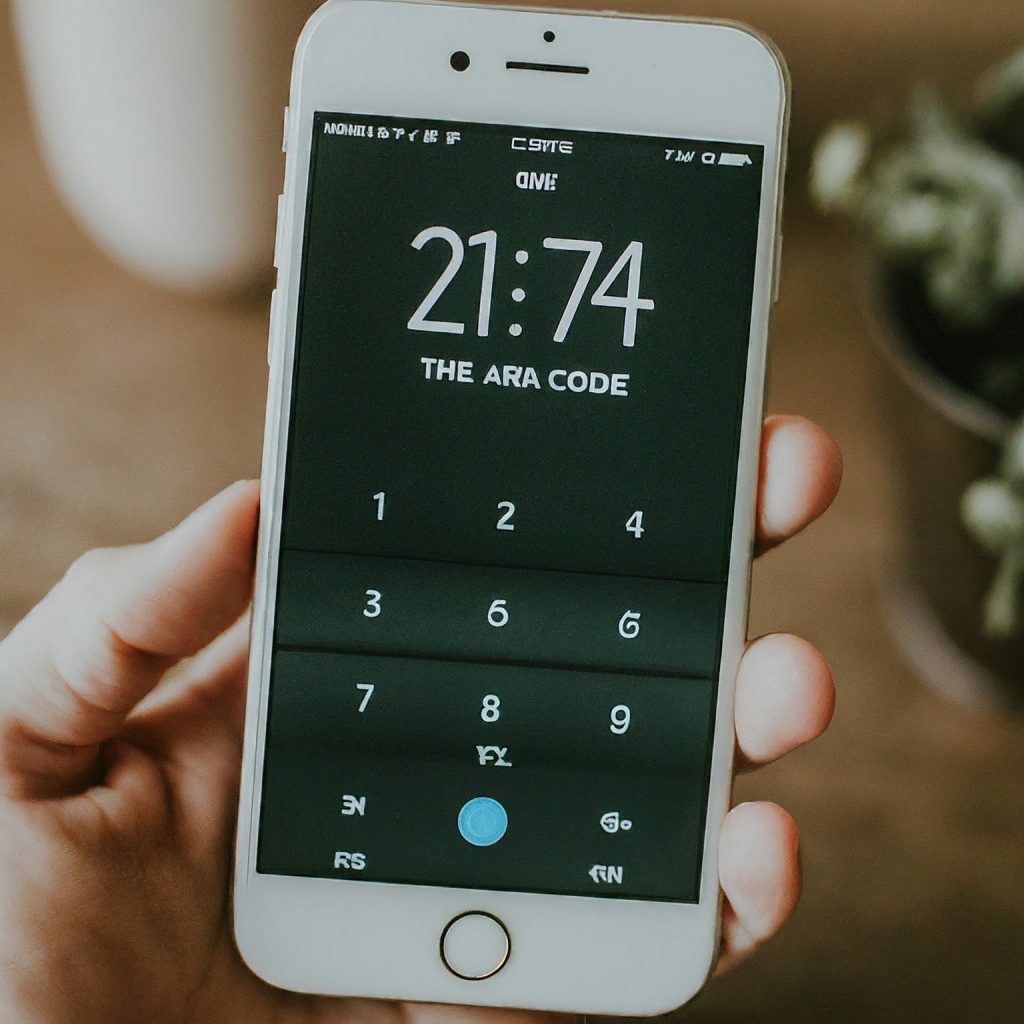The sprawling Dallas-Fort Worth metroplex, a vibrant hub of economic activity, cultural diversity, and Texan charm, is home to not one, but four distinct area codes: 214, 469, 972, and 945. These numerical identifiers serve as more than just prefixes for phone numbers; they represent the region’s rich history, rapid growth, and complex telecommunication infrastructure.

A Look Back in Time: The 214 Area Code
The 214 area code, established in 1947, is the original area code for Dallas and holds a special place in the city’s history. It was one of the first 86 area codes in the North American Numbering Plan (NANP) and initially covered a vast swath of northeastern Texas. As the region’s population boomed, the 214 area code became overburdened, leading to the introduction of additional area codes.
Expansion and Overlays: 972, 469, and 945
To accommodate the growing demand for phone numbers, the 972 area code was added in 1996 as an overlay to the 214 area code. This meant that both area codes served the same geographic region, with new phone numbers being assigned either 214 or 972. In 1999, the 469 area code was introduced as another overlay, followed by the 945 area code in 2021.
The Importance of 10-Digit Dialing
With multiple overlays, 10-digit dialing (area code + phone number) is mandatory for all local calls within the Dallas-Fort Worth metroplex. This practice ensures accurate call routing and prevents any disruptions in communication.
Geographical Coverage
The Dallas area codes cover a wide range of communities within the metroplex, including Dallas County, Collin County, Denton County, and parts of Rockwall, Kaufman, and Ellis counties. Each area code represents a unique blend of urban, suburban, and rural landscapes, reflecting the diversity of the region.
Economic Significance
The Dallas area codes play a vital role in the region’s economy. They serve as a critical link for businesses, government agencies, educational institutions, and healthcare providers, facilitating communication and collaboration. The area codes also serve as an identifier for businesses operating in the region, helping them establish a local presence and connect with customers.
Cultural Identity
The Dallas area codes are more than just numbers; they are a part of the city’s cultural identity. They reflect the region’s history, growth, and diversity. The 214 area code, in particular, holds a special place in the hearts of many Dallasites, representing the city’s roots and its evolution over time.
Conclusion
The Dallas area codes are a testament to the dynamic and ever-changing nature of the region. They tell a story of growth, innovation, and the importance of communication in a thriving metropolis. Whether you’re a lifelong resident or a newcomer to the area, understanding the significance of these area codes can help you better navigate the city’s complex telecommunications landscape and appreciate its unique identity.
لا تعليق